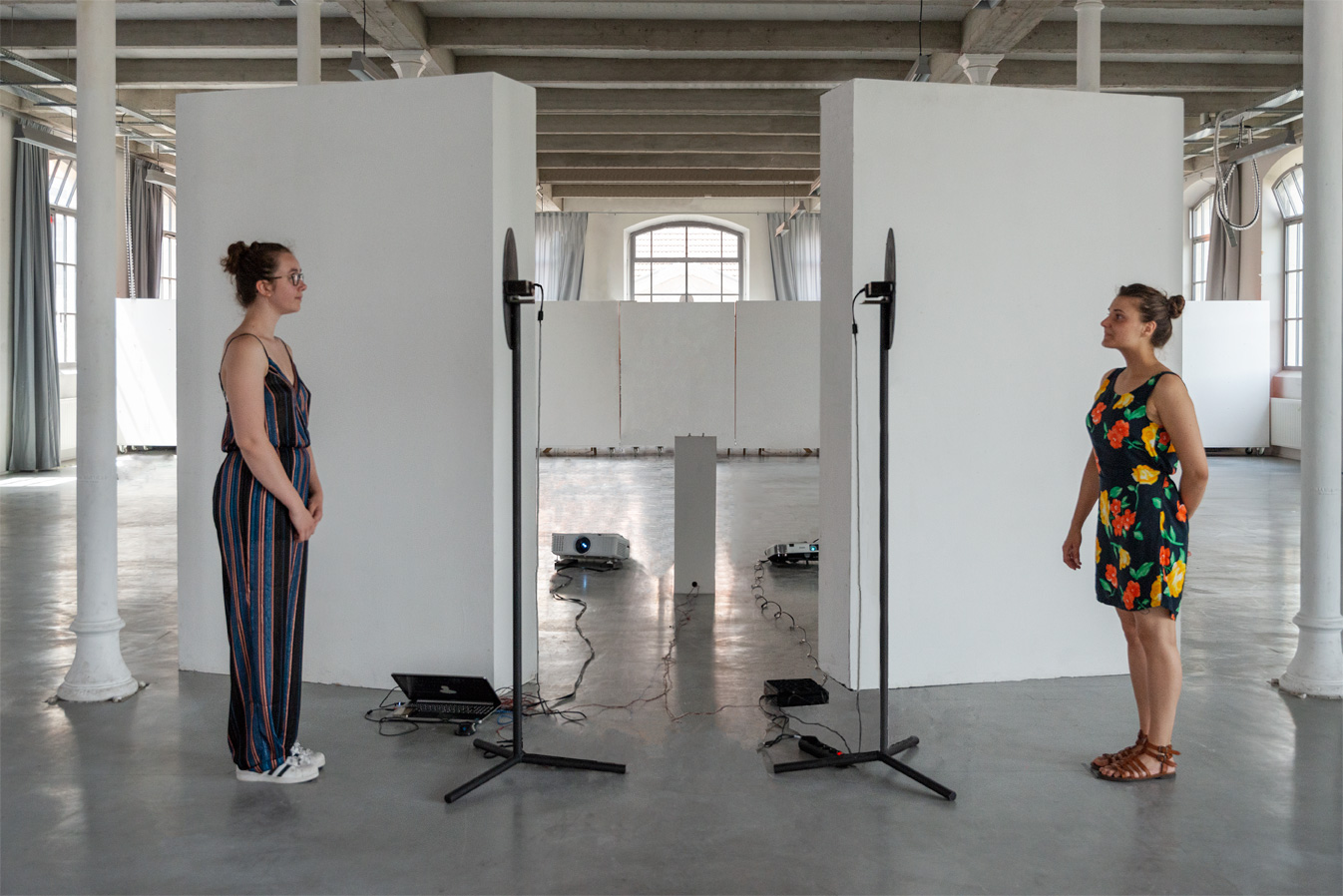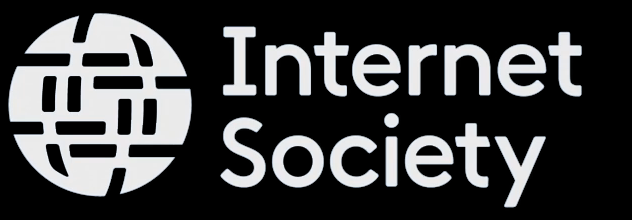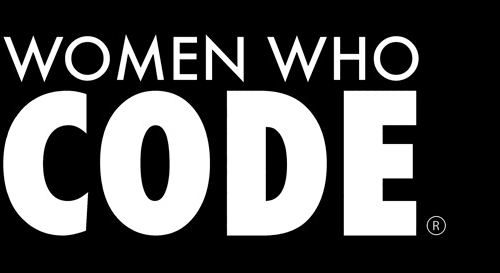Esther Bouquet

Esther Bouquet is a graphic designer who has recently graduated an interactive media master's degree at ESADSE, France. She is currently working on digital tracks, metadata and their related political issues, aiming to defend the right of a private life while questioning the impacts and stakes of technology on the web. In 2017 she developed graphic tools with the National Commission of Computing and Liberties in France to help people better understand the importance of caring about the tracks they leave. In 2019 she co-created an interactive experience to re-discover the printed press exhibited during the BID Saint-Étienne 2019.
Exhibiting
(no)control

Considering the web as a free space where our private life can still be preserved often implies forgetting the strong implications and conflicts linked to the data we generate while we browse and which build our digital identity. As those tracks are collected, indexed, stored, copied, combined and agregated with each other, they raise control and surveillance questions on the network. This hidden and insidious design of control is developed by and for companies. It thus shapes a society focused towards an extreme rationalisation, that advocates for transparency while maintaining opacity regarding its infrastructures.
(no)control tries to unveil the mechanisms of control and their asymmetry on the web by physically embodying them. The kinect captures the face of person A standing/walking in front of the mirror structure. The person can only go back and forth or slightly move in front of it and see their face reflecting in the mirror. They cannot help but notice the camera, however interacting directly with the displayed result is impossible as the mirror structure is behind the wall where the kinect feed is projected. They embody the web users. It is person B, emboying a corporation, who can see, interact and thus control what the kinect captures. A potentiometer enables this person to have control over the portrait of person A. By turning the knob, they can manipulate as they wish the representation of the web user. They can display from a very detailed to a more geometrical face.
This installation tries to illustrate how data based companies process, control and manipulate our data without our consent, awareness or involvement. The web user can never see what the corporation decides to render while the corporation has a complete takeover.
Additional information







